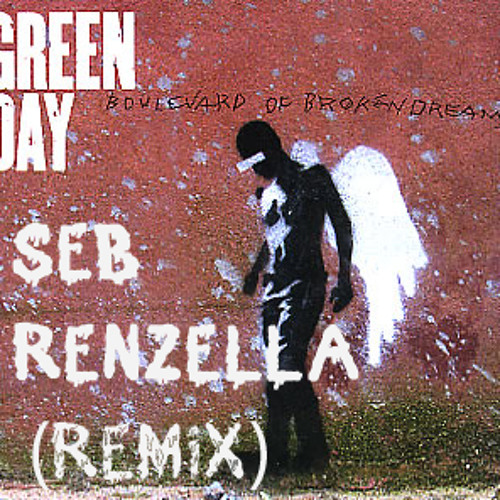

In the silent movie days cowboys would make their way here from all over the West, hoping to get daily work as extras, lounging around on Gower Street, which crosses Sunset, waiting to be hired. Griffith built his set in 1916 for Intolerance, while a little further on the first studios went up, places like Columbia and Fox, mainly on land that had previously been lemon and orange groves.

But almost everyone who became famous or infamous in Hollywood lived off Sunset at some time.īeacuse as you move on and pass through the Armenian section of the city, along this dusty, urban, unattractive, mainly six-lane street, it isn't too long before you're entering old Hollywood.Īt the intersection of Sunset and Hollywood Boulevard, D.W. Raymond Chandler lived here, sitting, drinking, writing about killing and dreaming about adultery with the beautiful, untouchable (for him, anyway) girls at the movie studios where he worked.Ĭhandler lived off Sunset in the Forties when he was writing The Blue Dahlia for Alan Ladd at Paramount, the film he could only finish if the studio allowed him to get totally drunk. Echo Park is the first you reach and it's beautiful, a late Twenties development high on a hill, a place of pastel-coloured wooden houses, with palm trees towering like ragged 100ft green-leaved parasols over them. Now, of course, Los Angeles is a city of suburbs, with more than a few stretched the length of Sunset itself. When Los Angeles was younger, and it's still young really since it only became part of the United States just over 150 years ago, everybody came here, getting off the train at Union Station, settling in immigrant communities, before moving out to the suburbs.

Keep going west and you reach the Korean area. Go a little north-east of the start of Sunset and you'd be in New Chinatown, a few blocks south and it would be Little Tokyo. Traditionally this was an Asian area, too.

The next you're on a very undistinguished Sunset, ducking under the Pasadena Freeway heading towards Dodger Stadium, passing peeling Spanish one-storey buildings and the odd tacos bar. Chavez Avenue, leaving the oldest spot in the city, where in 1781 the Spanish governor of California, Felipe de Neve, established the pueblo, or settlement, of Los Angeles. One minute you're driving west out of downtown LA along a road called after a Mexican hero, Cesar E. But it starts almost casually with a name change. Paul Getty Center, by way of Hollywood itself, at the west, that's what you find on Sunset Boulevard. No, not just to rich: to the richest of all.įrom the newest Latin American immigrants at the eastern end of the road to the fabulous J. Sunset Boulevard isn't just the highway of broken dreams, it's also a road of the Californian promise where you can see the history of Los Angeles unfolding like a beige ribbon before your eyes, east to west, as its verges change from burnt dried grass to sprinkler-fed lush green, from old to new, from poor to rich. And though, yes, I did find a kind of metaphor for Hollywood there - in some sections almost every other side street recalled some famous sex, drugs, suicide or murder case - I also found something else equally interesting. It runs from the centre of old Los Angeles and then west along the foothills of the Hollywood Hills until it reaches the Pacific Ocean. To find out I drove its entire length of 24 miles. It has also become a metaphor for the casual cruelty and ageism of Hollywood.īut what of the road itself? Where is it? What is it really like? So was ever a film more appropriately titled than Billy Wilder's Sunset Boulevard, that sardonic look at a forgotten movie queen sitting out her life in wealth and fantasy while staring after the long-set sun of her career?Įver since 1950, when the film was made, Sunset Boulevard has been one of the most famous roads in the world, its celebrity re-embossed just a few years ago with the Andrew Lloyd Webber musical. Sunset Boulevard: just the street sign seems to conjure a kind of misty, late-afternoon regret.


 0 kommentar(er)
0 kommentar(er)
